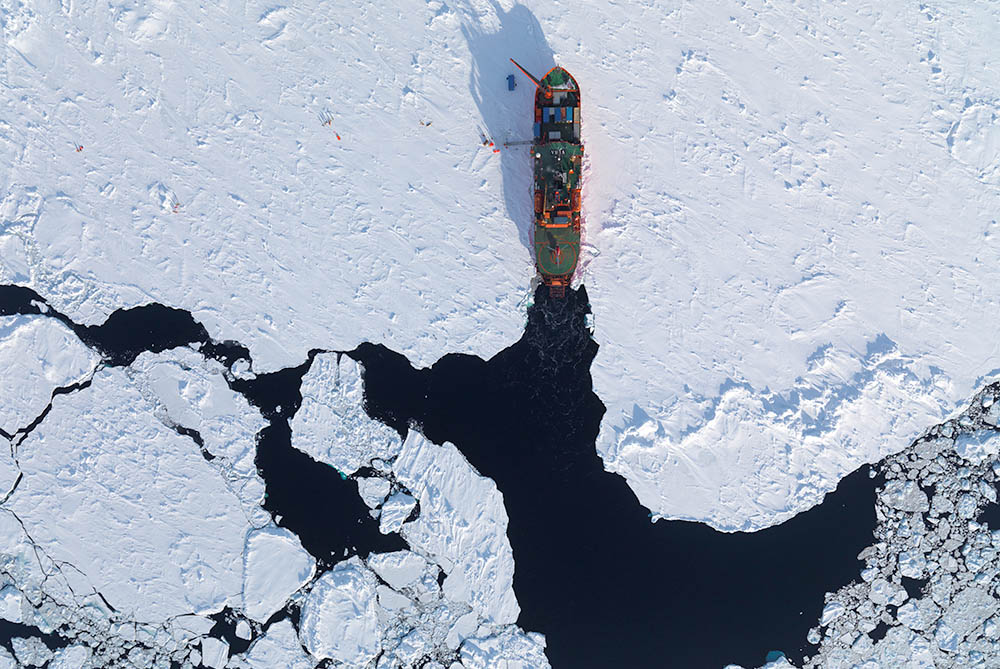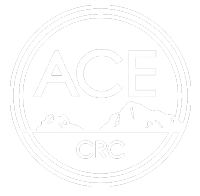Thick and deformed Antarctic sea ice mapped with autonomous underwater vehicles
Nature Geoscience (Volume 8, Issue 1)

Williams, G., T. Maksym, J. Wilkinson, C. Kinz, C. Murphy, P. Kimball and H. Singh. 2015. Thick and deformed Antarctic sea ice mapped with autonomous underwater vehicles. Nature Geoscience, 8, 61-67, doi:10.1038/ngeo2299.
Satellites have documented trends in Antarctic sea-ice extent and its variability for decades, but estimating sea-ice thickness in the Antarctic from remote sensing data remains challenging. In situ observations needed for validation of remote sensing data and sea-ice models are limited; most have been restricted to a few point measurements on selected ice floes, or to visual shipboard estimates. Here we present three-dimensional (3D) floe-scale maps of sea-ice draft for ten floes, compiled from two springtime expeditions by an autonomous underwater vehicle to the near-coastal regions of the Weddell, Bellingshausen, and Wilkes Land sectors of Antarctica. Mean drafts range from 1.4 to 5.5 m, with maxima up to 16 m. We also find that, on average, 76% of the ice volume is deformed ice. Our surveys indicate that the floes are much thicker and more deformed than reported by most drilling and ship-based measurements of Antarctic sea ice. We suggest that thick ice in the near-coastal and interior pack may be under-represented in existing in situ assessments of Antarctic sea ice and hence, on average, Antarctic sea ice may be thicker than previously thought.






















